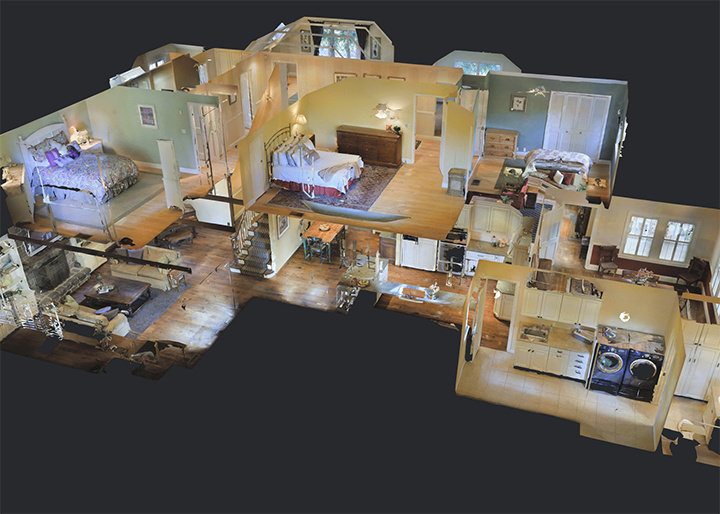TASTE TESTER INVESTOR
REI INK at IMN East Co-Hosted by REI INK and RCN Capital Sponsored by National Real Estate Insurance Group
Read More
REI INK at IMN East Co-Hosted by REI INK and RCN Capital Sponsored by National Real Estate Insurance Group
Read More
Ratio of Equity Rich to Seriously Underwater Properties Now at 14 to 1 By ATTOM Staff ATTOM, a leading curator of real estate data nationwide for land and property data, released its first-quarter 2022 U.S. Home Equity & Underwater Report, which shows that 44.9% of mortgaged residential properties in the United States were considered equity-rich in the first quarter, meaning that the combined estimated amount of loan balances secured by
Read More
When A New Business Opportunity Called, Ross Herman Went All In Ross Herman, the proud owner of a HomeVestors® franchise based in Minneapolis/St. Paul, started out in business as a public accountant. However, he always knew he would use that expertise to chase bigger dreams. “I went the CPA route in order to see different businesses, operations, and management styles,” Herman said. “I always wanted to do my own thing,
Read More
Quit Wasting Valuable Time and Resources By Kori Covrigaru Could you be wasting 2-4 hours a day on manual marketing processes? We recently conducted research on the time spent on manual processes during a rental turnover and found that marketing departments are losing days of their time on processes that could be automated. For example, let’s say a company has a marketing coordinator who is managing these processes, and they
Read More
Streamlining Real Estate Appraisals in an Active Market In today’s active real estate investment market, the evolution of the appraisal industry is having a direct effect on the speed and ease of transactions. To help investors capitalize on new developments, REI INK interviewed Mark Walser, President, Incenter Appraisal Management, a major national provider of valuations, inspections and data products. As the President of a national appraisal management company, what is
Read More
The Packer City is Ripe for Portfolio Expansion…If an Investor is Creative By Carole VanSickle Ellis During the Great Depression, Green Bay, Wisconsin, avoided the worst of the economic downturn thanks to the prevalence of toilet paper companies in the city. In fact, with the introduction of splinter-free toilet paper in the early 1930s, the city’s recession-resistance was all but guaranteed. Today, the “Toilet Paper City” is known more popularly
Read More